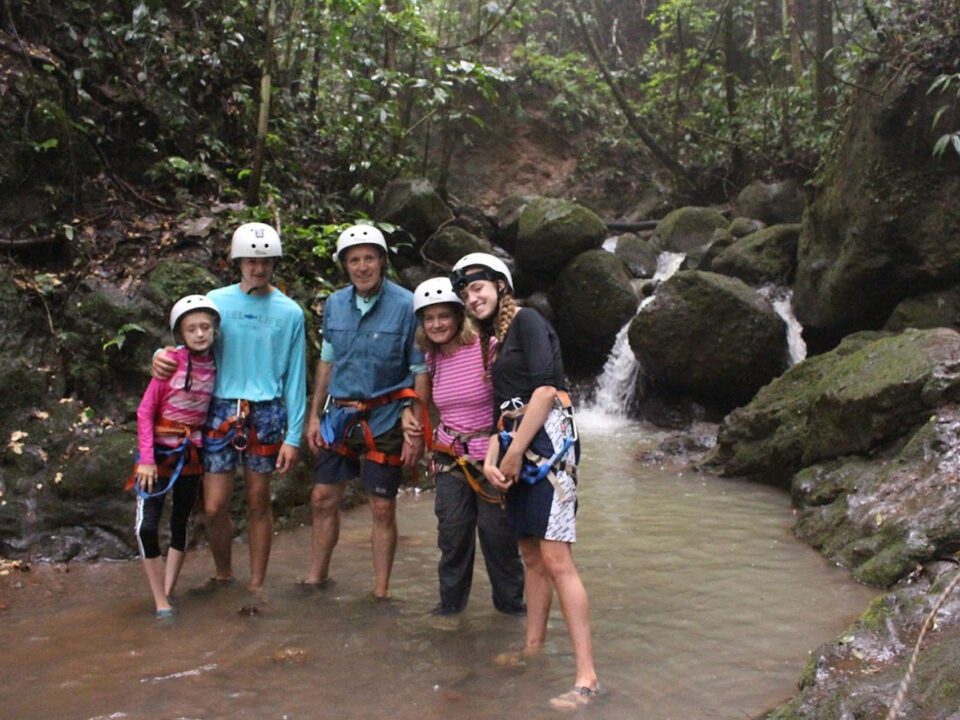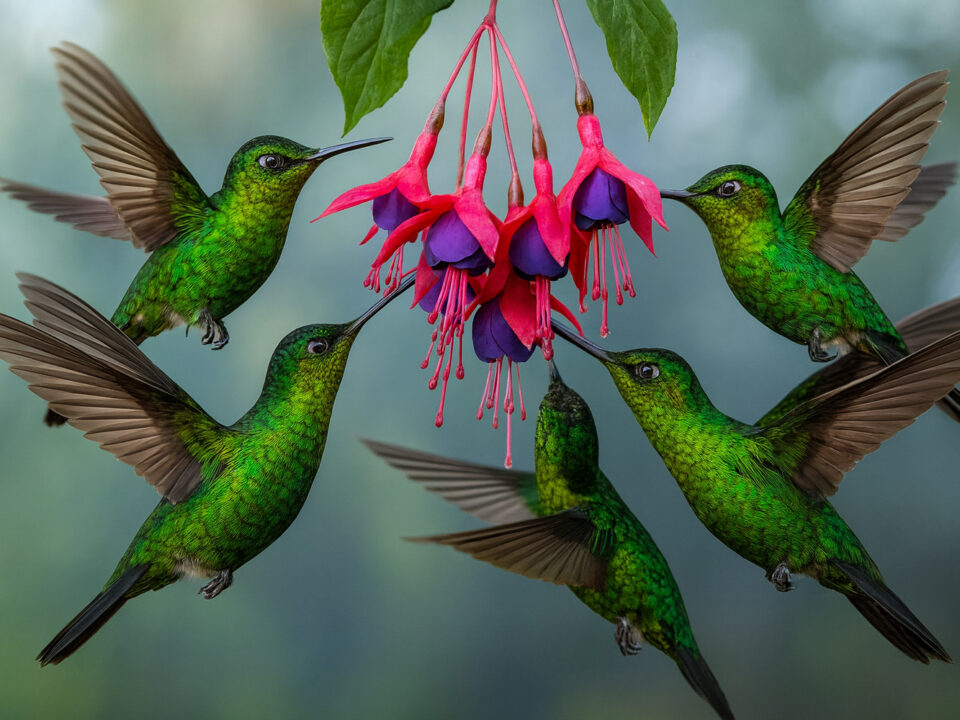Costa Rica Birding Trips: Quetzals, Cloud Forests, and Unforgettable Encounters
When most travelers dream of Costa Rica birding trips, one bird usually steals the spotlight: the resplendent quetzal. Known for its shimmering feathers and mythological past, this elusive bird is the crown jewel of most birdwatching tours in Costa Rica. But spotting one isn’t just a lucky break—it’s an experience that connects you with nature, history, and the cloud forests that breathe life into it all.
Here’s everything you need to plan a birding trip that’s not just about ticking species off a list—but about feeling something truly rare.
Why the Resplendent Quetzal Steals the Show
Unlike in other countries where seeing a quetzal is a once-in-a-lifetime moment, Costa Rica birding tours offer some of the world’s best chances to spot this legendary bird in the wild.
Let me tell you why the quetzal became the star of my birdwatching experience in Costa Rica:
“Costa Rica offers one of the best chances in the world to see it in the wild. That’s why so many birding trips Costa Rica focus on the misty cloud forests where this elusive bird thrives.”
These cloud forests are more than just a beautiful backdrop—they’re the natural home of the quetzal.
What makes this bird so extraordinary?
Iridescent plumage: It looks emerald green at first, but in the right light, you’ll see flashes of blue, gold, even violet.
Dramatic tail feathers: Males grow streamers up to 70 cm (over 27 inches) during breeding season—twice the size of their body!
Curious diet: Their favorite snack? Wild avocados (aguacatillo). They swallow them whole, then disperse the seeds—helping regenerate the very forest they live in.
Secretive nesting habits: They hollow out nests in rotting tree trunks or reuse old woodpecker holes.
For many birders, this is the bucket list species—not just because it’s rare, but because everything about it is magical.
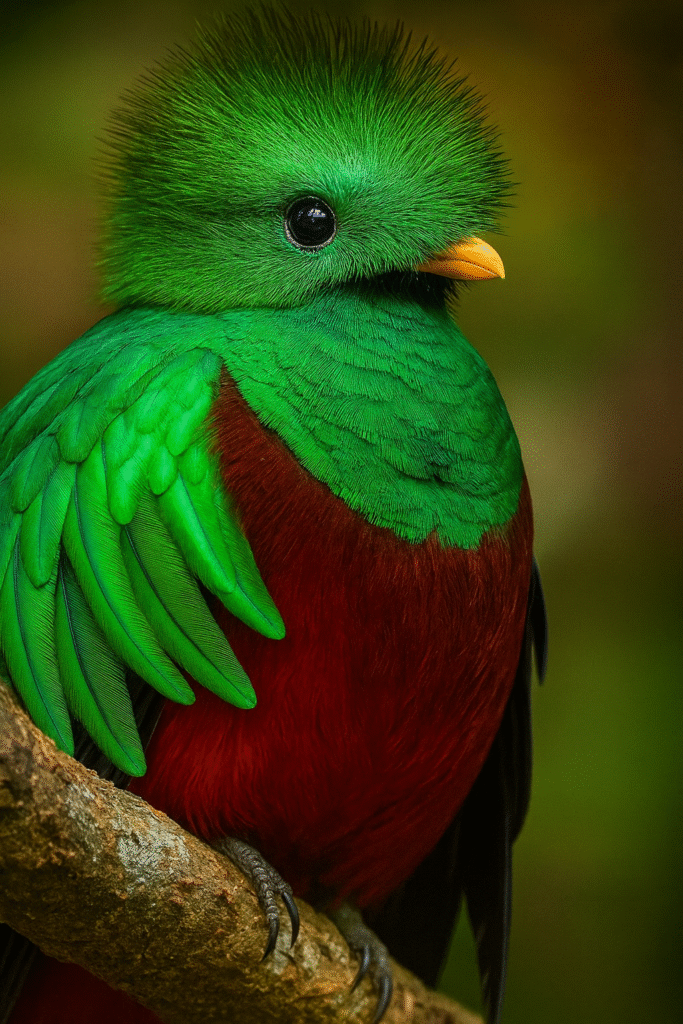
Best Places to Go Birding in Costa Rica (Especially for Quetzals)
If you’re planning a birdwatching tour in Costa Rica, these are the destinations that consistently deliver incredible sightings—not just of quetzals, but a range of iconic tropical birds:
1. San Gerardo de Dota
A quiet valley in the Talamanca Mountains, this area has earned a global reputation for quetzal sightings.
“San Gerardo de Dota has become famous worldwide for quetzal sightings. Many local families have passed down birding knowledge for generations.”
Cooler, high-altitude forests
Abundant aguacatillo trees
Expert local guides (many born into birding)
2. Los Quetzales National Park
Named after the bird itself, this park offers 5,000+ hectares of pristine cloud forest.
Quiet trails with fewer tourists
Altitude range is perfect for quetzals
Excellent for morning hikes
3. Monteverde Cloud Forest Reserve
While it’s known for its biodiversity overall, Monteverde is one of the top places to see the quetzal in action.
“Monteverde also offers consistent quetzal encounters alongside toucans, motmots, and hummingbirds.”
High visitor traffic, but excellent infrastructure
Many photography spots and established trails
When to Visit for the Best Birding in Costa Rica
Planning your trip around the right season and time of day can make the difference between hearing about the quetzal… and seeing it for yourself.
Here are the best tips I learned firsthand:
“Best season: November through April, when males display their long breeding feathers.”
“Best time of day: Early mornings, just as the mist lifts and the birds start feeding.”
What to bring:
Binoculars: 8×42 or 10×42—trust me, quality matters
Telephoto lens: If you’re into photography, bring a 300mm+ lens
Layered clothing: Mornings are cool in the highlands
Rain gear: Cloud forests are… well, cloudy and wet
Patience: The quetzal is shy; silence and stillness are your best allies
More Than a Bird: The Story and Spirit of the Quetzal
This bird isn’t just beautiful—it carries layers of meaning:
Sacred to the Maya and Aztec: The name quetzal comes from quetzalli, meaning “precious feather.”
Symbol of freedom: Legend says quetzals can’t live in captivity. Many die when caged, making them a powerful emblem of liberty.
Altitudinal migration: Rather than migrating long distances, they move up and down mountain slopes based on food availability.
Soft morning song: Their gentle whistle is often the first sound you’ll hear in the forest dawn.
“Their call is a soft whistle, often heard at dawn. Local guides in Costa Rica birding trips learn to recognize it among the chorus of the forest.”
It’s not just about spotting the bird—it’s about understanding how everything around it connects: the misty trees, the wild fruit, the ancient trunks, the quiet guides who know the land by heart.
What I Learned from Birding in Costa Rica
“Joining a Costa Rica birding tour isn’t just about adding species to your life list. It’s about understanding the fragile relationship between the quetzal, the forest, and the communities that protect them.”
That insight hit me hard while birding near Los Quetzales National Park. I realized how the presence of quetzals is a direct sign of forest health.
The locals knew every tree, every sound, every migration pattern. And I knew then that I wasn’t just witnessing nature—I was witnessing a community’s dedication to preservation.
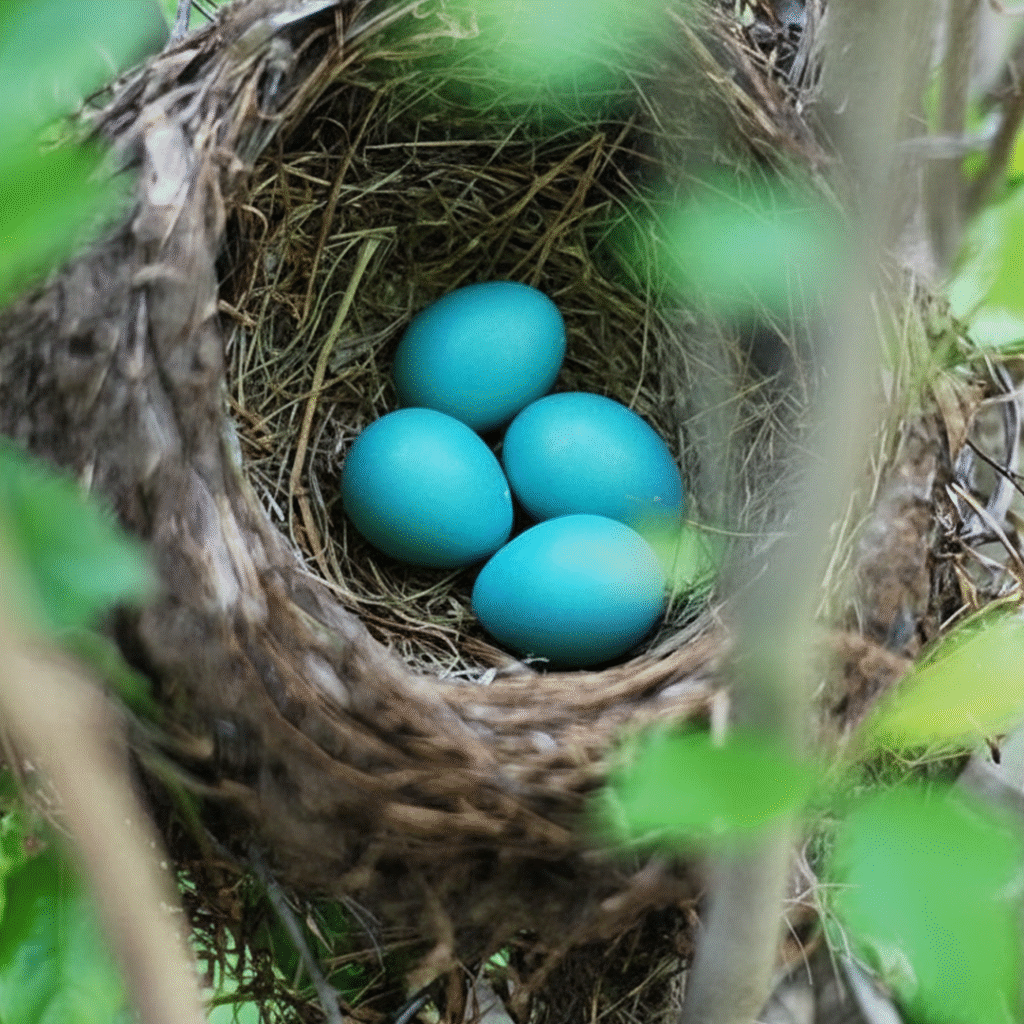
How to Build the Ultimate Costa Rica Birding Trip Itinerary
Here’s what worked best for me—and what I’d recommend:
Combine regions: Don’t rely on just one spot. San Gerardo + Monteverde = great combo.
Stay close to the forest: The best sightings happen early. Stay in or near birding areas.
Hire local guides: Their knowledge is priceless—especially for identifying feeding trees and nesting holes.
Allow extra time: Give yourself at least 3–4 days. Weather can vary, and patience pays off.
Limit your group size: Small groups mean less noise—and better chances to spot the shy ones.
Bring the right gear: Don’t skimp. Good optics and dry shoes are worth their weight in gold.
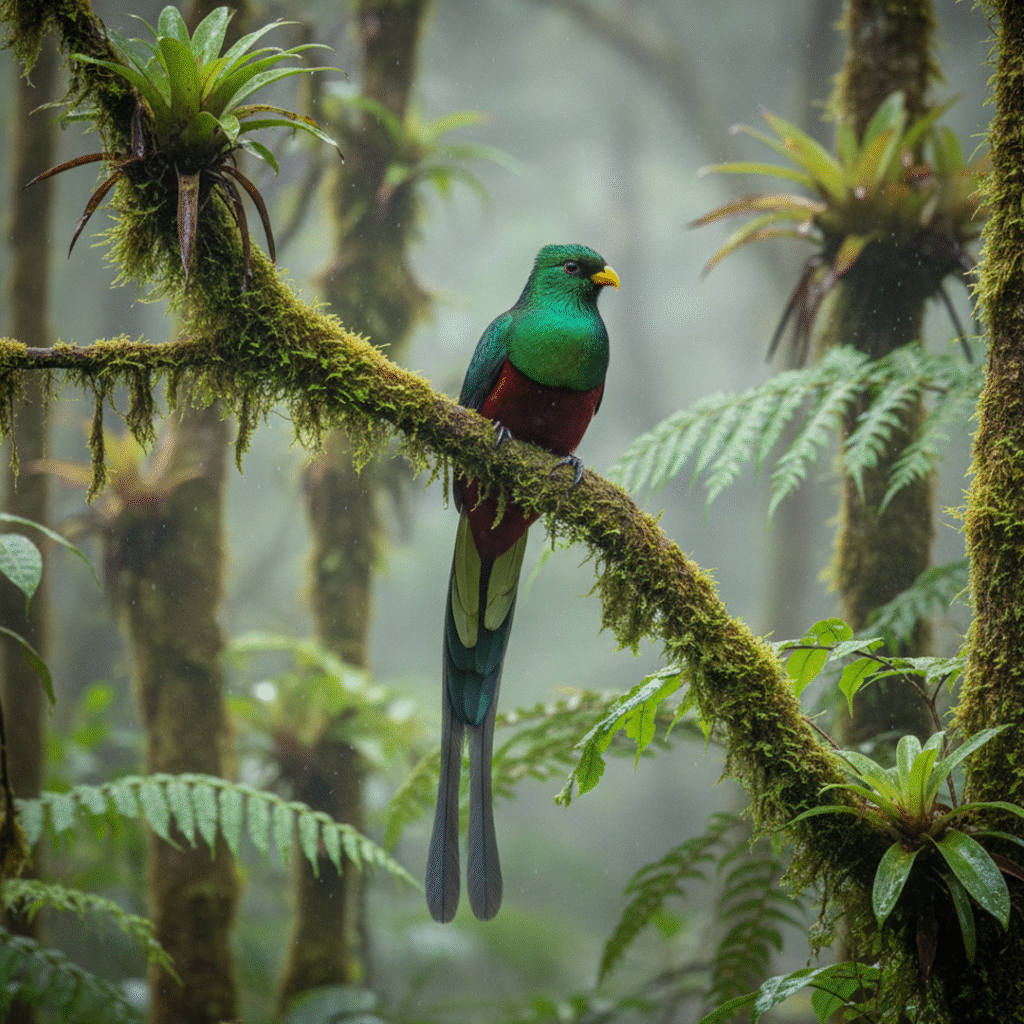
Why These Tours Are More Than Just Trips
“Travelers who join birding trips Costa Rica often describe their first quetzal sighting as magical. It’s not only about seeing a beautiful bird—it’s about witnessing a piece of living history, a creature that inspired myths and legends for centuries.”
And that’s exactly what I felt. I remember standing still for what felt like an eternity. Then—just as the sun broke through the mist—there it was. Green and gold, feathered streamers trailing behind it, calling softly as it flew.
If you’re looking into Costa Rica birding trips, don’t just aim to see birds—aim to feel them. Let the forest soak into your clothes. Wake up before sunrise. Sit in silence. Listen for that whisper of wings.
Let the resplendent quetzal be your guide—not just through the trees, but through history, ecology, and awe.
Because in Costa Rica, birding is never just about the birds—it’s about you, the wild, and everything in between.

